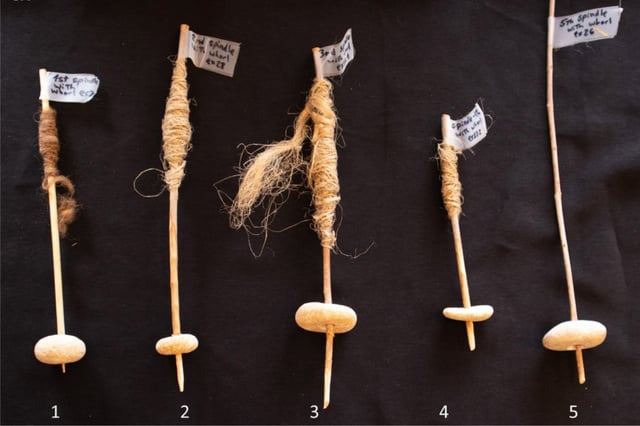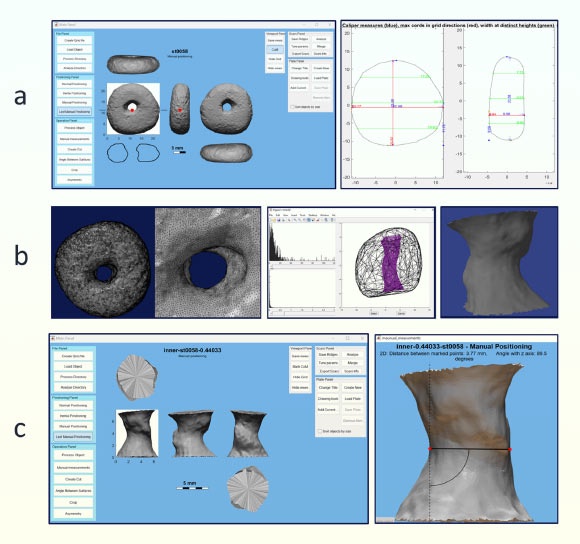Overview
- Researchers discovered 113 perforated stone discs at Nahal Ein-Gev II, a site near the Sea of Galilee, dating back 12,000 years.
- The stones are believed to be spindle whorls, used for spinning thread, marking an early use of rotational technology.
- 3D scanning technology revealed the stones' precise design, with bi-directional drilled holes for effective spinning.
- Experimental archaeology confirmed these tools could spin flax and wool, although flax was more efficiently spun.
- The study challenges traditional narratives about the origins of wheel-based technologies, suggesting a complex evolution.


